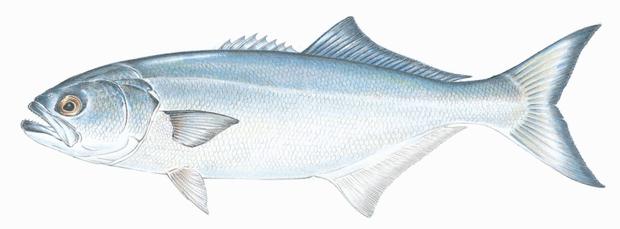Apple’s Week to Remember.
I write often about “beyond the dashboard” planning and cite Steve Jobs as a main practitioner. Mr. Jobs asked not what consumers wanted, instead he gave them what he knew they would want…after he built it. This approach is all well and good until it’s your job to start thinking about what people would want and you have to come up with the products. It’s easy talking about the future, much tougher predicting it. Just look at the sports betting business.
Apple’s current CEO Tim Cook may have just taken a page out of Steve’s book this week. In fact, he may have trumped him. Though the Apple Watch (Anyone notice the lack of i?) may not be the design breakthrough we were all expecting, the healthcare applications it promises are going to be market-changing. And if that was not enough, the new iPhone 6’s Apple Pay may be such an innovation that global banking, currency and commerce platforms will change forever. (Does anyone remember standing in long lines at Blockbuster for movie rentals 10 years ago?)
When you do innovation planning you start with pent up demand. Who, I ask, does not care about money and health? Hourly. This is not just another week at the office for Apple. This, as the kids say, is some shit!
I’m not saying the Apple Watch health apps and Apple Pay will hit on all cylinders, but this week and these “ideas to have ideas” will long be remembered. A little coming out party for Tim Cook, me thinks. Peace.



